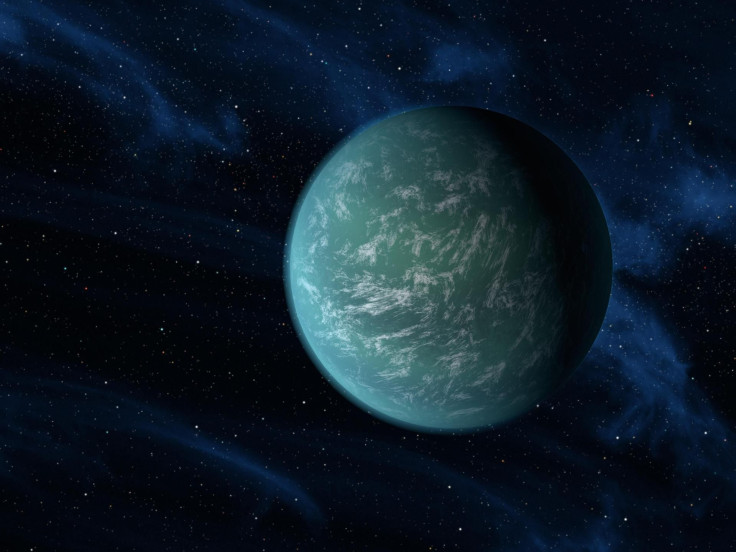New Planets Discovered? NASA To Make Exoplanet Announcement Monday

NASA said it will make an announcement Monday about the newest exoplanet discoveries made during the Kepler mission. The announcement will be part of NASA’s Kepler and K2 celebration, exoplanet week, which begins Saturday and runs for a week. The events include talks, comedy shows and music events with the Kepler theme.
Monday’s planned announcement concerns the latest planet candidate results from the Kepler mission. Since its launch in 2009, the Kepler space telescope has found thousands of planets and planet candidates and has continued searching for exoplanets.
Read: Neptune’s Weather As Seen From Earth: NASA’s Kepler Catches Planet, Moon Triton In Orbit
What is the Kepler mission?
The Kepler space telescope originally launched in 2009 and monitored 150,000 stars for four years in the search for exoplanets. It was the first NASA mission that was capable of finding Earth-size planets that were in or close to the habitable zone, the area where water hypothetically would be able to pool on a rocky surface.
In 2013, the second of four reaction wheels failed. The first had failed a year prior. The wheels are key to pointing the telescope and getting the perfect view of far stars and planets. The craft had finished its primary mission in 2012 and was into its extended mission when this wheel failed. During its primary mission, it confirmed 135 exoplanets, or planets beyond our solar system, and helped identify 3,500 other possible exoplanets. It’s taken NASA years to sift through the data. The mission also revealed 21 exoplanets that are less than twice the size of Earth in the habitable zones of their stars.
The K2 mission was developed in the months after the craft’s second wheel failed. Using the two remaining wheels and the thrusters, NASA controls the craft as much as possible as it continues to make observations. The K2 campaign involves a lot of sequential observations. It’s been making new observations since 2014 and is expected to run for no more than another year. In that time the K2 mission has resulted in the discovery of 520 candidate exoplanets and 148 confirmed exoplanets.
Read: NASA Planet Concept Art: How Artists, Researchers Accurately Depict Exoplanets, Stars, Galaxies
Monday’s announcement will be about the latest planet candidates discovered through the mission. The briefing on the discoveries is scheduled for 11 a.m. EDT Monday at the Ames Research Center in California. “The latest Kepler catalog of planet candidates was created using the most sophisticated analyses yet, yielding the most complete and reliable accounting of distant worlds to date. This survey will enable new lines of research in exoplanet study, which looks at planets outside our solar system,” NASA said in a press release.
Four researchers involved in the findings will be at the briefing. The event will be live streamed online and viewers who would like to participate and ask questions can tweet using the hashtag #AskKepler.
© Copyright IBTimes 2024. All rights reserved.











